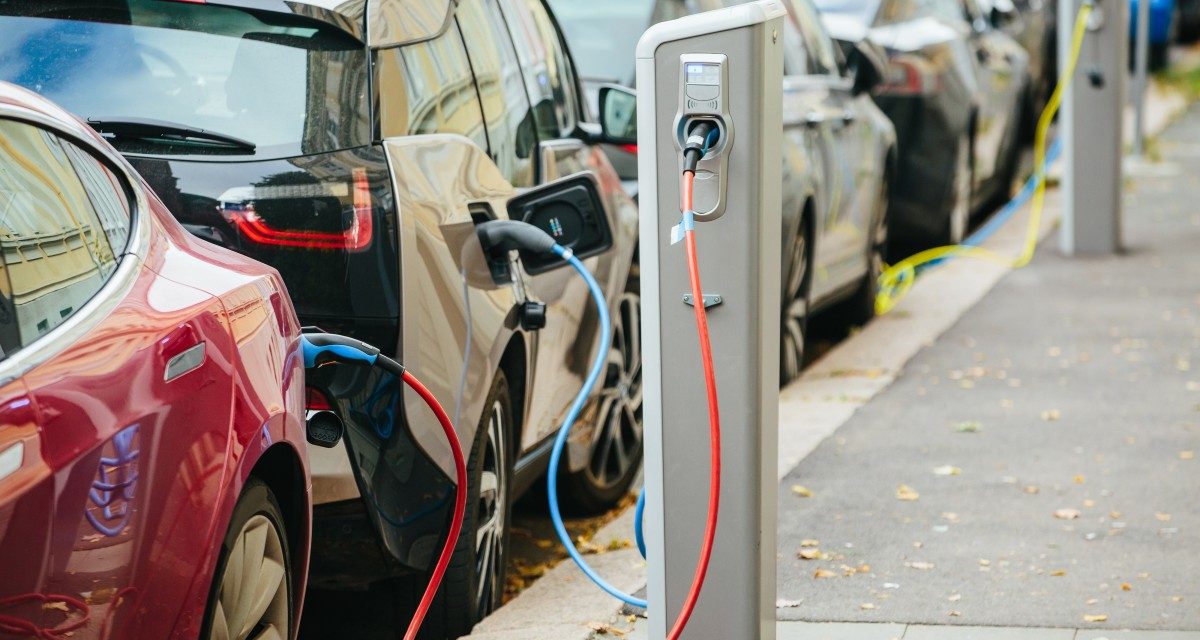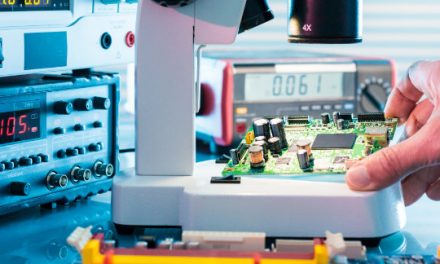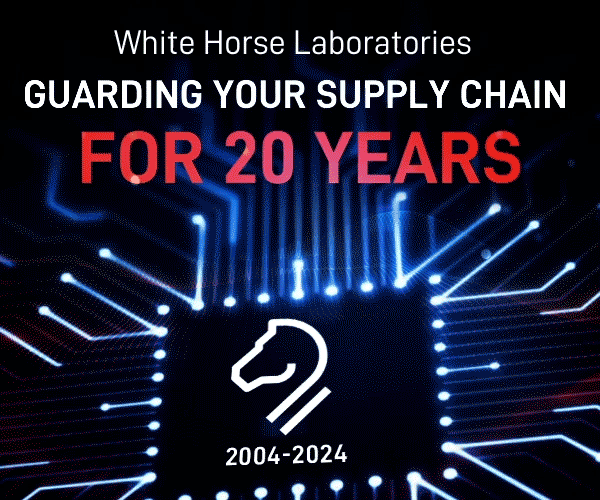Climate Change and the Automotive Sector: Solutions for the Imminent Crisis

By Nikhil Kaitwade, Associate Vice President (AVP) – Market Research at Future Market Insights

Nikhil Kaitwade
As we bid farewell to 2021, we entered a most crucial and critical era for our planet. Global warming is wreaking havoc, with studies indicating that without mitigating efforts, the Earth’s temperature will rise by 2.7°C by the end of the century. These are disturbing numbers.
The automotive industry has been one of the leading contributors to global warming. Driving, flying and transport account for 25% of the world’s manmade greenhouse gas (GHG) emissions, making automobiles a valuable target in the fight against climate change.
A new wave of technological innovation is opening up new avenues to better understand and solve tough environmental problems. As business leaders and policy makers are aiming to turn this decade into a decade of climate action and support, these breakthrough innovations will be visible throughout the cities.
In this blog, we will discuss how tech giants and automakers are bringing solutions designed to combat the biggest problem we face as a species: global warming.
How Is the Automotive Industry Dealing with Global Warming?
Most of the emissions in the automotive industry occur in the value chain, and most of the impact on vehicle life occurs during use. United States Environment Protection Agency reported that a typical passenger vehicle emits about 4.6 metric tons of carbon dioxide per year.
At the COP 26 summit, automakers and government set ambitious goals to reduce GHG emissions from global transportation. Top automakers like Ford, General Motors, and Daimler among other promised to phase out traditional vehicles by 2040. Volkswagen committed to making carbon neutral vehicles globally by 2050.
Automakers and tech giants are using intelligent vehicle management systems to obtain data required for periodic maintenance, planning and managing transportation schedules, and optimizing fuel consumption. Fleet management aids in reducing GHG emission during transportation and logistics by facilitating fuel efficient transportation through route choice optimization.
According to Future Market Insight (FMI) report on “Fleet Management Market”, market is projected to be valued at over US$ 30 Bn by the end of 2031, of which trucks/cars/buses will reflect the highest CAGR of 13.6% between 2022 and 2031.
Nevertheless, the industry is under considerable external pressure. As regulations and emission restrictions are enforced in countries around the world, consumer expectations are evolving and demanding a more sustainable approach.
Electric Vehicles will be the new normal
Electrification is seen as key to reduce the industry’s carbon footprint. It’s not surprising that top automakers are electrifying their vehicles. Recently Porsche announced to electrify >50% of its fleet by 2025.
Electric cars are as sustainable as the energy that powers them. With reduction in local pollution level along with increasing availability of green energy, EV can become environmentally friendly immediately at the end of their lifespan.
Global automotive industry is using electric platforms to manufacture wide range of plug-in, hybrid vehicles and fully electric vehicles. Tech giants like Apple, Microsoft, Alphabet, and Amazon are also making inroads towards providing artificial intelligence and big data analytics technology for automated electric vehicles.
Automakers are collaborating with Tech giants to develop next gen self driving electric vehicle. They are also investing significant cash on establishing charging infrastructures for EV and developing technology to improve its range. For instance, Microsoft collaborated with General Motors for developing autonomous driving electric vehicle. Microsoft is expected to provide cloud computing and hardware support to GM’s Cruise division.
Although the adoption of electrical cars has been slow, their numbers are increasing gradually. With increasing government investment in research and development along with falling prices of lithium-ion batteries, EVs will be the norm rather than exception.
Emission Control Catalysts: A Game Changing Solution
Emission control catalysts are an integral part of traditional automotive systems. They are responsible for managing and controlling on-road and off-road emissions of GHG and other pollutants coming out of passenger cars, light-duty and heavy-duty commercial vehicles.
Emission control catalysts can destroy approximately 98% of the hydrocarbons, carbon monoxide, and nitrogen oxides produced by vehicle engines. Manufacturers are developing new two-way catalytic converters, three-way catalytic converters, and SCR systems that significantly reduce the required platinum group metals while improving the overall catalytic performance to meet the required emission standards and address the complexities of emissions. For instance, Volkswagen introduced a new dual SCR catalytic converter configuration for its diesel vehicles to meet Euro 6d emission standards.
Based on aforementioned factors, Future Market Insights forecast that Emission Control Catalyst sales will exceed US$ 8,000 Mn at 6.5% CAGR by 2031.
Sensors are the key
Automotive companies are integrating advanced sensor technologies with modern automobiles to help create a healthier environment. Deployment of durable sensors in traditional gasoline engine will not only improve the life of the engine but also curb the GHG emission.
Automotive sensors like oxygen sensor, monitors the oxygen (O2) content in the exhaust and an on-board computer regulates the air / fuel mixture to reduce emission. The sensor is mounted on the exhaust manifold down pipe in front of the catalytic converter or between the exhaust manifold and the catalytic converter. It generates a voltage signal proportional to the oxygen content in the exhaust gas.
By moving from rich to lean depending upon the input voltage signal, the entire air / fuel mixture is averaged, emissions are minimized while the catalytic converter works at maximum efficiency. This is necessary to remove hydrocarbons (HC), carbon monoxide (CO) and reduce nitrous oxides (NOX). The speed at which the oxygen sensor responds to changes in oxygen in the exhaust is critical for accurate fuel control, optimal fuel economy, and low emissions.
As response time is less important as the air-fuel ratio of older carburetor engines does not change as fast as vehicles with throttle body fuel injection vehicles. However, the new multipoint fuel injection engine requires a very fast response from the oxygen sensor because the air-fuel mixture can change very rapidly.
OEMs are developing new automotive sensors in compliance with changing emission norms and are collaborating with regional players to enter emerging markets. For instance, in December 2021, Napino Group partnered with Kerdea Technologies for developing new oxygen sensors in compliance with Bharat Stage BS-6 and the upcoming BS Stage –II emission norms of India.
Telematics enabling green fleet management
Telematics are underrated fuel saving systems that employ drivers and safety management. Reports and alerts generated by telematics can highlight aggressive driving behavior such as speeding, rapid acceleration, and other pollution activities that consume more fuel. This driver behavior information allows managers to improve driver efficiency by directing training to specific areas that require the most attention. As awareness increases, the average miles per gallon of the driver will increase.
One of the biggest causes of carbon emissions from vehicles is idling. Telematics allows managers to see how long each driver is idle, the total idle time of the fleet, and the cost of that idle time. If the engine is idling for a long time, the driver can also receive an alert.
In 2021, Ford launched its new telematics system, FordLiive, to help drivers of Ford commercial vehicles improve productivity by reducing vehicle idle time, schedule frequent maintenance, and reduce breakdowns.
Telematics assists in integrating and tracking EV for effective fleet management. It can run real time performance analysis of EV troops. It reminds the driver to plug-in and with artificial intelligence it ensures EVs are fully charged when needed, while minimizing electricity and infrastructure costs. The automotive industry is on the cusp of a major transition; Automotive Telematics sales are set to grow at approximately 9% CAGR.
What does the Future look like?
Automakers have set ambitious goals to reduce their carbon footprint by 50% till 2030. While consumers praised the proponent of the agreement, scientist and activist are skeptical on effective fulfillment of the promise.
While these targets are aggressive, ongoing collaborations and innovations in the e-mobility and semiconductor domain have shown great promise. Large scale transformation of the automotive industry is the need of the hour, and stakeholders across the industry are adopting novel approaches to reach these goals.
We can expect the introduction of more sustainable mobility systems especially in the transportation and logistics sector. As governments invest in developing better charging infrastructure for electric mobility options, electric fleet services will grow rapidly, thus reducing the use of diesel powered heavy commercial and transportation vehicles. Consumers are moving away from one-car-one-person approach to shared mobility. This will further reduce the carbon emission and road congestion as fewer cars will be on the road.
The automotive industry is assessing the current scenario, identifying their role in these challenging times, and focusing on new modes of emission control. Some players are exploring the possibility of autonomous transportation system while others are moving towards optimizing traditional vehicles using IoT connected sensors and engine and exhaust control units.
They must be flexible and quick to adapt new technologies with changing times. Establishing digital feedback system will not only allow them to optimize their operations but will also enable them in making smart decisions necessary to achieve carbon neutrality.
Nikhil Kaitwade is Associate Vice President (AVP) – Market Research at ESOMAR-certified market research and consulting firm Future Market Insights (FMI). The award-winning firm is headquartered in Dubai, with offices in the US, UK, and India. MarketNgage is the Market Research Subscription Platform from FMI that assists stakeholders in obtaining in-depth research across industries, markets and niche segments. You can connect with Nikhil on LinkedIn.












